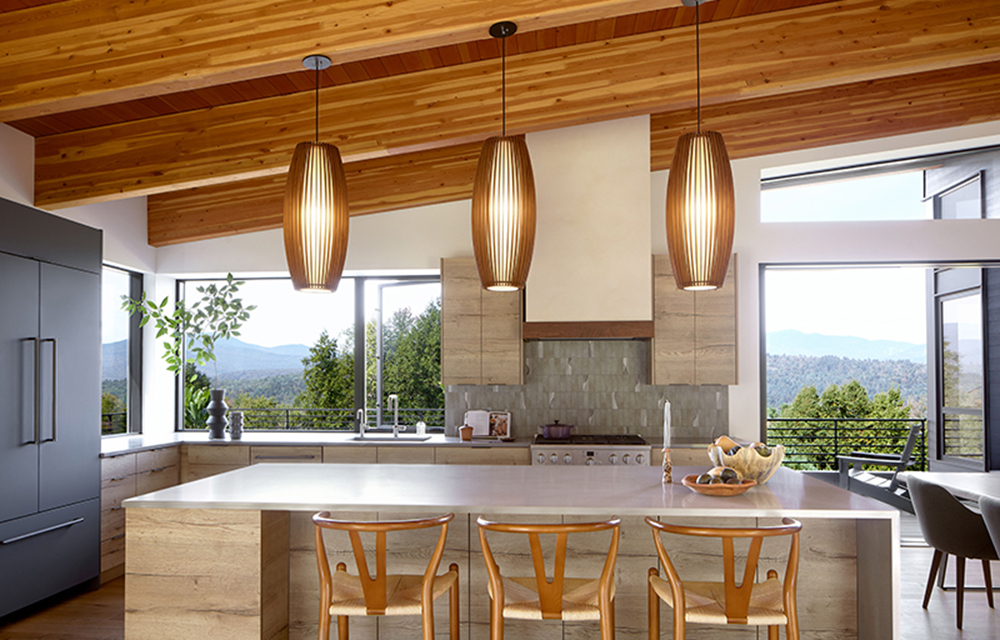Falling cap rates in 2024 - by John Rynne

The rate of inflation has been decreasing significantly over the past year in part due to the actions of the Federal Reserve which has reduced rates. Ten year treasuries at the end of the fourth quarter in 2023 were 79 basis points lower than at the end of the third quarter. This has had a significant effect on mortgage rates and a lesser downward effect on overall capitalization rates. Since the end of the fourth quarter, the trend for 10 year treasuries on January 22rd are up by 23 basis points, but still 89 basis points less than the overall high peak earlier in 2023. Most data points to the conclusion that inflation has been brought under control. However, with continuing state and federal massive spending it may be difficult to reign in inflation when there is huge money in the system created by the government.
The office sector in the Rynne, Murphy & Associates, Inc. (RMA) Rate Survey located at www.rynnemurphy.com include small, class A, class A/R, class B and class C. This survey applies to Upstate New York and northwest and west central New England. The range of overall capitalization rates for small office for the fourth quarter range had an average rate of 8.5% which is 25 basis points less than the third quarter. The class A office fourth quarter cap rate was 7.5% which is 25 basis points less than the previous quarter. The class A/R office average cap rate was 8.25% which is 50 basis points less than the previous quarter. The class B office average cap rates for the fourth quarter was 9.75% which did not change from the third quarter. The class C office average cap rate was 11.75% which reflected no change from the third quarter. Class A office represents the most prestigious projects with high quality locations, newer high-quality construction and sometimes high-profile tenancy. Class A/R represents high quality older buildings with substantial rehabilitation. Class B office is older office stock with sometimes lesser quality locations. Many class A/R buildings were originally class B and some class C buildings. Class C office buildings are generally old, substantially vacant or obsolete and many times are considered ripe for conversions or demolition.
The retail sector of the RMA survey has three sections which include regional, community and neighborhood properties. The range of cap rates for regional retail properties for the fourth quarter average was 12%. This has not changed since the third quarter. This is skewed higher because of the continued high risk of regional malls. The non-mall properties which are considered regional will have average cap rates nearer to the community retail properties. The fourth quarter community retail average cap rate was 8.75% which is 25 basis points less than the third quarter. The neighborhood retail average cap rate for the fourth quarter was 8.5% which is also 25 basis points less than the third quarter.
The industrial sector of the RMA survey has four sections which include heavy, older, light industrial and R&D. The heavy industrial sector cap rate average was 11.5% for the fourth quarter which did not change from the third quarter. The older industrial segment average cap rate for the fourth quarter was 10.75% which is 25 basis points less than the third quarter. The light industrial average cap rate was 8.5% which is 25 basis points less than the third quarter. The R&D average cap rate for the fourth quarter was also 8.5% which is 25 basis points lower than the third quarter.
The apartment section part of the RMA survey has five segments which include urban small multi-family, urban apartment project, suburban multifamily, suburban apartment project, and new apartment projects. The urban small multifamily average cap rate for the fourth quarter was 7.5% which is 25 basis points lower than the third quarter. The urban apartment project average cap rate was 7.75% which also was 25 basis points lower than the third quarter. The suburban multifamily(10 units or less) average cap rate was 6.5% which is 25 basis points lower than the third quarter. The suburban apartment projects had an average cap rate for the fourth quarter at 6.75% which is also 25 basis points lower than the third quarter. New apartment project average cap rates for the fourth quarter were 6.25% which did not change from the third quarter.
In summary, at the bottom section of the RMA survey, the general city commercial/industrial blended average cap rate of 9.5% showed no change from the third quarter. The fourth quarter overall blended general market range excluding extremes was an average cap rate of 9% which is 25 basis points lower than the third quarter. The trend of the 10 year treasuries and cap rates will continue to trend slowly downward throughout the first three quarters of 2024.
John Rynne, MAI, SRA, is president and owner of Rynne, Murphy & Associates, Inc., Rochester, N.Y.
Over half of Long Island towns vote to exceed the tax cap - Here’s how owners can respond - by Brad and Sean Cronin


Oldies but goodies: The value of long-term ownership in rent-stabilized assets - by Shallini Mehra

The strategy of co-op busting in commercial real estate - by Robert Khodadadian

Properly serving a lien law Section 59 Demand - by Bret McCabe







.png)


.jpg)
.gif)